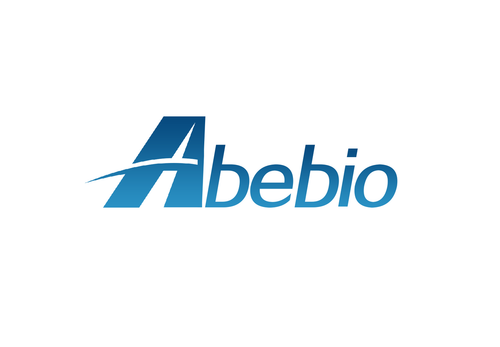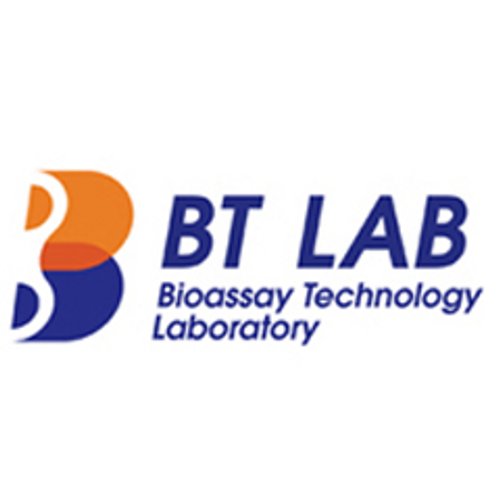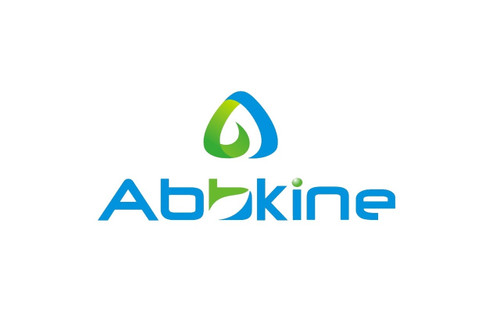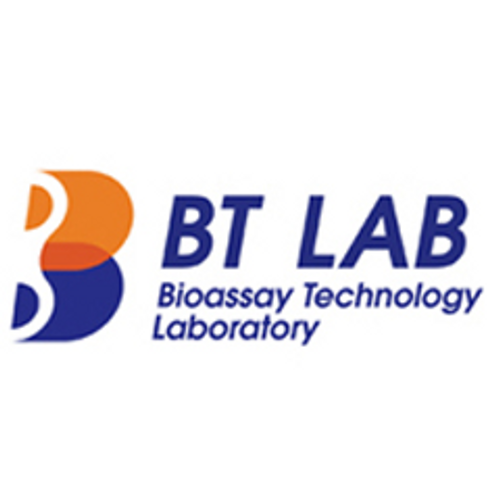Product Description
Human Growth hormone releasing peptide-Ghrelin (GHRP-Ghrelin) ELISA Kit | AE62787HU | Abebio
Species Reactivity: Human (Homo sapiens)
Abbreviation: GHRP-Ghrelin
Alternative Name: N/A
Application: ELISA
Range: 0.156-10 ng/mL
Sensitivity: 0.055 ng/mL
Intra-Assay: ≤5.4%
Inter-Assay: ≤9.4%
Recovery: 0, 99
Sample Type: Serum, Plasma, Other biological fluids
Detection Method: Sandwich
Analysis Method : Quantitive
Test Principale: This assay employs a two-site sandwich ELISA to quantitate GHRP-Ghrelin in samples. An antibody specific for GHRP-Ghrelin has been pre-coated onto a microplate. Standards and samples are pipetted into the wells and anyGHRP-Ghrelin present is bound by the immobilized antibody. After removing any unbound substances, a biotin-conjugated antibody specific for GHRP-Ghrelin is added to the wells. After washing, Streptavidin conjugated Horseradish Peroxidase (HRP) is added to the wells. Following a wash to remove any unbound avidin-enzyme reagent, a substrate solution is added to the wells and color develops in proportion to the amount of GHRP-Ghrelin bound in the initial step. The color development is stopped and the intensity of the color is measured.
Product Overview: Growth hormone secretagogue receptor is a G protein-coupled receptor which binds ghrelin and plays a role in energy homeostasis and regulation of body weight.Ghrelin is an appetite-regulating factor secreted from peripheral organs which is involved in regulation of energy homoeostasis via binding to the receptor resulting in the secretion of growth hormone by the pituitary gland. The pathway activated by binding of Ghrelin to the Growth hormone secretagogue receptor, GHSR1a, regulates the activation of the downstream mitogen-activated protein kinase, Akt, nitric oxide synthase, and AMPK cascades in different cellular systems. One of the important features of GHSR1a displays constitutive activity possessing basal activity in the absence of an agonist, resulting in a high degree of receptor internalization as well as of signaling activity.
Stability: The stability of ELISA kit is determined by the loss rate of activity. The loss rate of this kit is less than 5% within the expiration date under appropriate storage condition. The loss rate was determined by accelerated thermal degradation test. Keep the kit at 37°C for 4 and 7 days, and compare O.D.values of the kit kept at 37°C with that of at recommended temperature. (referring from China Biological Products Standard, which was calculated by the Arrhenius equation. For ELISA kit, 4 days storage at 37°C can be considered as 6 months at 2 - 8°C, which means 7 days at 37°C equaling 12 months at 2 - 8°C) .
 Euro
Euro
 USD
USD
 British Pound
British Pound
 NULL
NULL












